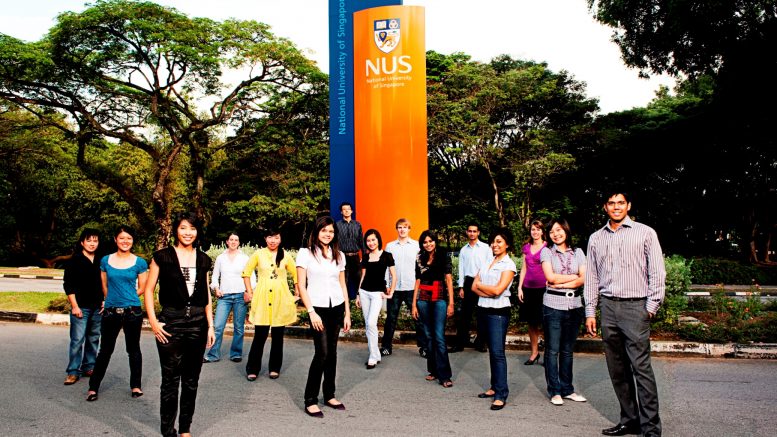We refer to the article “SUTD ends its education partnership with MIT but will continue collaborating on research” (Straits Times, Jun 23).
It states that: “The ending of the education agreement will, in practice, mean that SUTD will lose some of the MIT branding. The tagline that accompanies the university name, “established in collaboration with MIT”, will go and opportunities for student exchange at MIT will lessen.
The dual masters programme and the post doctoral programmes which enrol a small number of students will also be discontinued.
SUTD president Thomas Magnanti said the partnership SUTD and MIT had accomplished more than they set out to do.”
We do not seem to be able to find in the press release and media reports when the SUTD-MIT partnership was announced – that the collaboration was a “seven-year partnership” which is subject to renewal.
Are there any other universities that had similar partnerships with MIT, that were not continued?
On the Singapore side – it appears that the termination of partnerships with world renowned universities is the norm, rather than the exception.
Why is it that so many world renowned universities have closed in Singapore?
For example:
… “University of Chicago to leave Singapore – Why?” (Jul 11, 2013)
… “NYU, NUS to scrap dual graduate law degree” (Channel NewsAsia, May 21, 2013)
… “Johns Hopkins, UNSW and now Tisch: When will we ever learn?” (Nov 9, 2012)
… “Red faces, millions lost as uni closes campus” (The Sydney Morning Herald, May 24, 2007)
… “A*STAR’s letter to Business Times on developments at the Division of Johns Hopkins in Singapore” (Business Times, Jul 27, 2006)
As to the point that: “Professor Magnanti admitted that there was some concern that the loss of branding might affect admissions, but pointed to a survey which showed that the majority of students picked the university because of its design centric curriculum and hands-on approach to learning. Only 20 per cent quoted the MIT-based curriculum as one of the reasons” – was the question whether students chose SUTD because of the MIT brand (instead of the MIT-based curriculum) asked in the survey?
With regard to: ““The day to day implications are minor,” he said, adding that SUTD is in the process of developing its own masters programmes” – since the end of the seven-year partnership was known well in advance – why didn’t SUTD start earlier in “developing its own masters programmes”?
And what about “the post doctoral programmes which … will also be discontinued”?
A university without post doctoral programmes in research on cutting edge technology and design, is arguably, not very good branding for Singapore’s public tertiary education sector.
With regard to the statement that: “Professor John Brisson, who serves as director of the MIT-SUTD collaboration, said it was not a divorce but an “evolution” of the relationship” – how can all the above “steps backwards” be described as an “evolution” and “not a divorce”?
Ten Leu-Jiun and Leong Sze Hian
